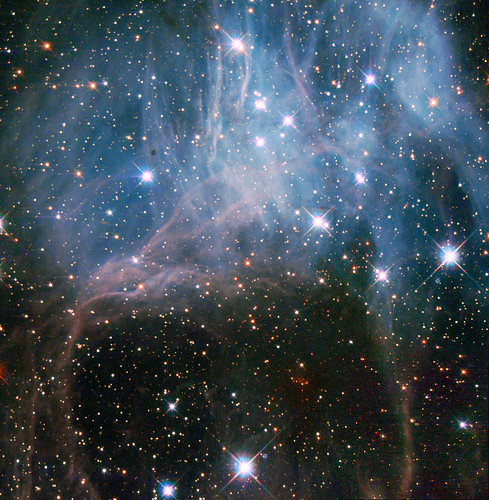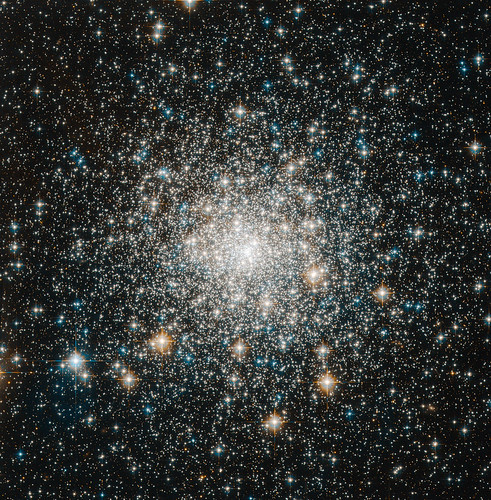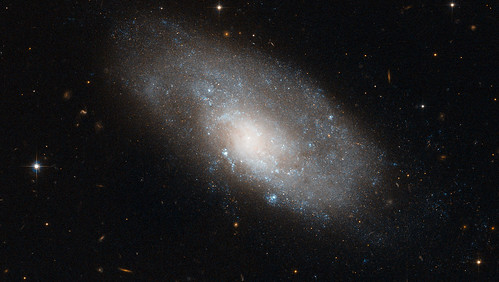Awesomeness Round-Up – 4/20/2012
- By Sara Mitchell
- April 20, 2012
- Comments Off on Awesomeness Round-Up – 4/20/2012

Credit: NASA, ESA, D. Lennon and E. Sabbi (ESA/STScI), J. Anderson, S. E. de Mink, R. van der Marel, T. Sohn, and N. Walborn (STScI), N. Bastian (Excellence Cluster, Munich), L. Bedin (INAF, Padua), E. Bressert (ESO), P. Crowther (University of Sheffield), A. de Koter (University of Amsterdam), C. Evans (UKATC/STFC, Edinburgh), A. Herrero (IAC, Tenerife), N. Langer (AifA, Bonn), I. Platais (JHU), and H. Sana (University of Amsterdam)
Star-forming region 30 Doradus is colloquially known as the Tarantula Nebula (creepy!), but this new image released with data from Hubble’s Wide Field Camera 3 and Advanced Camera for Surveys makes it look more like a rich underwater scene. Located within our galaxy’s close neighbor, the Large Magellanic Cloud, it is one of the best stellar nurseries for astronomers to observe prolific star birth and learn more about how young stars form and grow. This image combines dozens of observations from Hubble, showing off star clusters at varying ages. The false color in this image represents the hot gas within the regions – red signifies hydrogen gas and blue represents oxygen. What a tangled web these stars weave!

Credit: ESA/Hubble, NASA and D. A Gouliermis
Acknowledgement: Flickr user Eedresha Sturdivant
Hubble has been busy in the past couple of weeks releasing amazing images and intriguing stories! Here’s another peek inside a star-forming region within the Large Magellanic Cloud, this time one known as NGC 2040 or LH 88. This image shows a wide range of wavelengths of light – ultraviolet, visible and infrared light – each of which reveal different details of baby stars forming and growing within the loose star cluster.
In this image of globular cluster Messier 70, hundreds of thousands of stars are tightly bound together with gravity. The stars in a globular cluster look very densely piled together from our perspective – especially so in Messier 70, where a core collapse has caused even more stars to squeeze together in the core, giving it an especially intensely bright center!
Looking deeper into space, here’s a shot of NGC 4980, a spiral galaxy spotted within the constellation of Hydra. The deformed shape of the galaxy is a bit of a mystery – this is usually due to gravitational interactions with another galaxy, but in this case, astronomers haven’t spotted any nearby culprits! Scientists are especially interested in studying the central disc-type bulge of this galaxy.
Credit: NASA/GSFC
Finally, check out this awesome new visualization from topographic data gathered by NASA’s Lunar Reconnaissance Orbiter – they’ve recreated the famous “Earthrise” view that Apollo 8 astronauts had in 1968. The video pairs the animation with historic images and mission audio.




